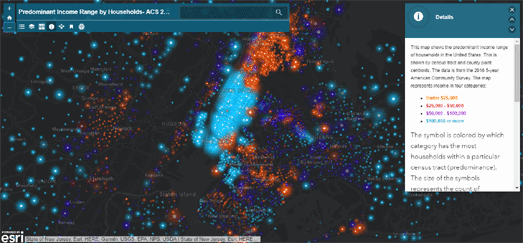
A new interactive map is providing valuable insights into how England's maritime empire began. In late Medieval and Tudor England shipping involved mainly coastal trading. However from these humble beginnings was to emerge a merchant navy that would soon be trading with all parts of the world.
Medieval and Tudor Ships is a database of merchant ships and the voyages they undertook in the period from 1400 to 1580. The database includes records of 50,000 ship voyages out of over 400 English, Welsh, and Channel Islands ports. From the database Medieval and Tudor Ships has created two interactive maps. A Ports Map shows all the English and Welsh ports in the database. The other, Routes Map, shows the origins and destinations of the ship voyages in the database.
The Routes Map only shows the origin and destination ports of voyages, it doesn't show the actual route taken by ship between the two ports. If you click on a port however you can view all the other ports that ships have traveled to and from. The map therefore does provide a great overview of where individual ports had trading relationships in the Tudor period.

Skip forward 200 years and merchant fleets are trading all over the world.
Wooden Ships is an interactive map which allows you to explore European maritime activity from 1750 to 1850. The visualization is based on digitized shipping logs from the
Climatological Database for the World's Oceans 1750-1850.
Using the map menu you can view a mapped visualization of the marine journeys undertaken by British, Dutch, French and Spanish ships. You can use the time-line at the bottom of the map to select any range of years from 1750 to 1850. The map also allows you to filter the data by wind speed patterns and by other weather and climatic conditions. If you click on a hexbin on the map you can also read entries from the ship logbooks yourself.

Morgan Herlocker has also used the Climatological Database for the World's Oceans to create an interactive map of international ship traffic between 1750 and 1850. These historical ship logbooks contain a wealth of data both about the routes taken by ships and the weather conditions encountered by the ships during their voyages.
Morgan took the location data from these 100 years of ship logs and plotted them on a Mapbox map. The thousands of data points in
Ships Logs were processed into vector tilesets using
tippecanoe. One thing that clearly emerges from mapping all this data is the routes of the major shipping lanes from 1750-1850.

Skip forward another 150 years and there really are very few areas of the world's oceans and seas which aren't a part of the global shipping trade.
Shipmap.org is an outstanding animated interactive map visualizing the movements of the global merchant shipping fleet over the course of 2012.
The map uses AIS shipping data from
exactEarth. This data is presented on a Leaflet powered map using custom designed map tiles. The map tiles include bathymetry and major river data from
Natural Earth.
Using the map you can explore the movements of different types of cargo ships over the course of 2012. You can also filter the ships shown on the map by type of cargo vessel.
There is so much to love about this map, from the huge amount of animated data visualized on the map to the design of the map tiles themselves. I also really like the brilliant audio guide to the map and the data displayed. This audio guide takes you on a little tour of the world explaining some of the interesting patterns that emerge from the data and the worldwide merchant shipping trade.




















































